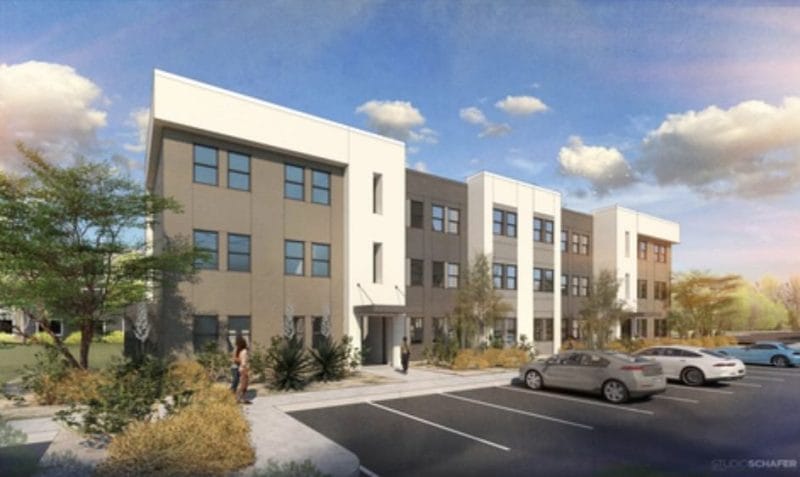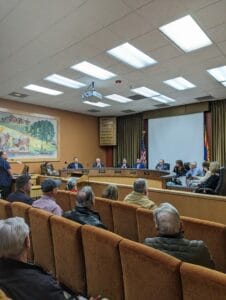Arizona stored water to help during shortages. What happens when we start using it?/CAP
Opinion: How should Arizona maximize its underground ‘water bank’ once more severe shortages hit? A new plan resolves some questions but important ones remain.
By Joanna Allhands } Arizona Republic
The Arizona Water Banking Authority has stored more than 4 million-acre feet of water underground – a godsend as Colorado River water shortages deepen.
But how, exactly, are we supposed to get that water back out?
Cities began clamoring for more specificity as the prospects for severe shortages began growing on the Colorado River. After a few years of meeting, a statewide planning group has fleshed out a more detailed plan to recover this water.
And just in time.
If the forecast holds, even cities and tribes with the most senior Central Arizona Project (CAP) water could be impacted by cuts along the Colorado as soon as 2025. And large-scale, shortage-fueled recovery will no longer be a “someday.”
It’ll be a key part of how we smooth out the next few years.
A new plan gives users more flexibility
The state water bank oversees about a third of the water we’ve stored underground for a (non)rainy day. The rest is water that cities and others have ferreted away themselves for later use.
This water is stored in layers of sediment, so physically recovering it requires wells, pumps, pipes and other connections to get it where it needs to go.
That infrastructure was hardly top of mind in the 1990s when the first water was banked underground. The focus was more on finding suitable areas to store water long term and getting it there quickly so that we didn’t risk losing any of the state’s excess CAP water to California.
It was long assumed that CAP would be the primary entity to recover water bank supplies and distribute them to users via its canals. But that also would require a significant amount of infrastructure, at great cost to CAP and its users.








